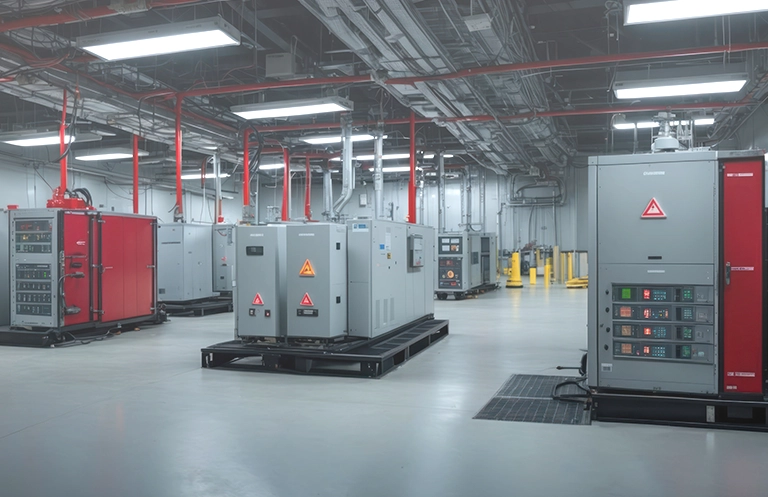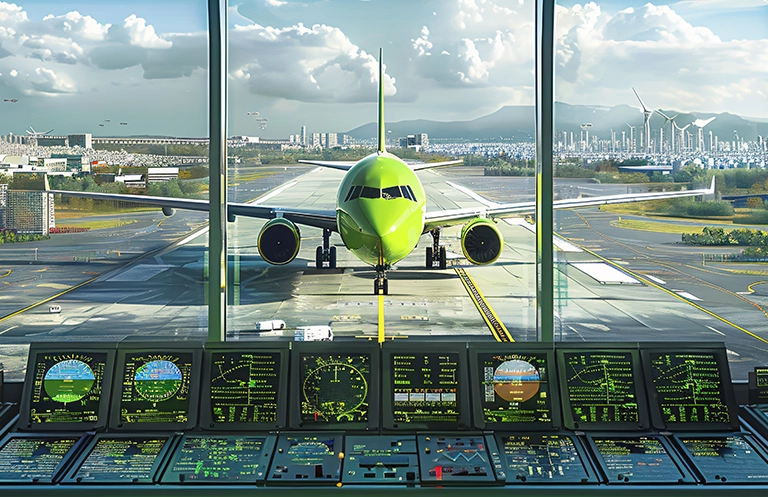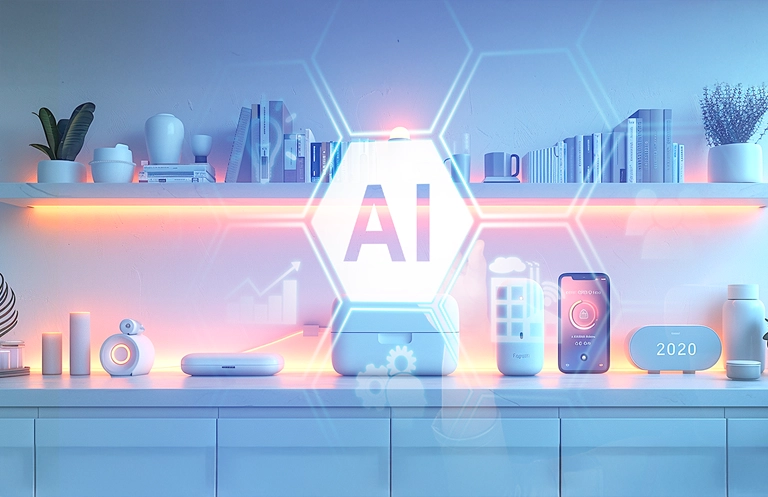If you’re reading this blog right now, there’s a huge chance that you might be behind the wheels like the other 660,000 drivers accessing their smartphones at any point of time, (it’s called “distracted driving” – we highly DO NOT recommend this accident-prone strategy!). However, even saner drivers would agree that driving in peak traffic can be real cumbersome, monotonous and frustrating.
Over the last two decades, automobile companies, not immune to the repercussions of road rage by their consumers, have started experimenting with energy saving design features such as hands-free driving, birds’ eye view camera, AI/robotics and other innovative ideas which relieve drivers from the constant stress of acceleration and braking. Leading automobile makers including Toyota, Nissan, Ford, Chevrolet, Audi and BMW have announced a major push into “driverless” technologies for which the implications are far-reaching.
- For instance, there’s a growing demand for adaptive control systems in cars that use a combination of cameras and radar technology to maintain safe distance from other cars, on the front, behind and sideways.
- The use of efficient proximity sensors enables the driver to maintain steady speed while relying on their judgment to avoid obstacles.
- The emergence of Driver Assistance systems which increase vehicle safety in speed zones where driver error is most common; at lower speeds, when the driver is stuck in traffic, and at higher speeds, when the driver is cruising along the highway.
Sensor-Based Solutions
A combination of advanced sensors for stereo cameras and long- and short-range RADAR, combined with actuators, control units, and integrated software can be used to monitor the cars and respond adequately to their surroundings. In some solutions, such as lane-keeping and warning systems, back-up alerts, and parking assistance, can be used. These sensor-based systems offer varying degrees of assistance to the driver, but are not mature enough to provide the option of self-driving. With the help of embedded solution partner companies, one can develop sensor-based, driver-assisted solutions, which use stereo cameras and complex algorithms “to compute the three-dimensional geometry of any situation in front of a vehicle on a real-time basis. The computation will be based on the images displayed on their dashboard panel. Driver-assist systems will likely offer greater vehicle autonomy at lower speeds and are known to reduce the incidence of low-impact crashes too.
Connectivity-based Solutions

Connected-vehicle systems use wireless technologies to communicate in real-time from vehicle to vehicle and from vehicle to infrastructure, and vice-versa. Almost all vehicular crashes, excluding those in which the driver is impaired, could be mitigated using this connected-vehicle technology.
Dedicated short-range Communication which uses radio waves can be used as a wireless medium for vehicle-to-vehicle communication. The communication will be based on the protocol that establishes what messages are sent, what the messages mean, and how they are structured. This short-range wireless alternative has the following benefits:
- Fast network acquisition
- Low latency
- High reliability
- Priority for safety applications
- Interoperability
- Security and privacy
So, in the near future, if you and your new car find yourself in a traffic jam, you’ll be ready. Your car sensors will monitor the vehicle in front of you, and pace your vehicle adequately and automatically to maintain a steady distance. It’ll also steer automatically to stay within the lane. If the car in front swerves to avoid an obstacle, your car can mimic the same swerve path by following the tyre treads. Altogether, the traffic jam assistance system commands the engine, steering and brakes. So by pressing the button, the driver entrusts the car to make the most important judgment calls of heavy-traffic driving: steering, deciding when to accelerate, and decelerate and determine the the distance cushion to maintain around other vehicles and obstacles.
Read More:
Check out eInfochips’ case study on Advanced Driver Assistance System Software Development
Check how eInfochips press release on a new class of vehicle safety systems enabled by Freescale i.MX 6 Series Applications processor incorporating thermal cameras and carbon monoxide sensors in a car black-box solution












